Handy hacks for camping with a group
Our practical hints and tips for camping with a group make sure you get the most out of your time in the wild
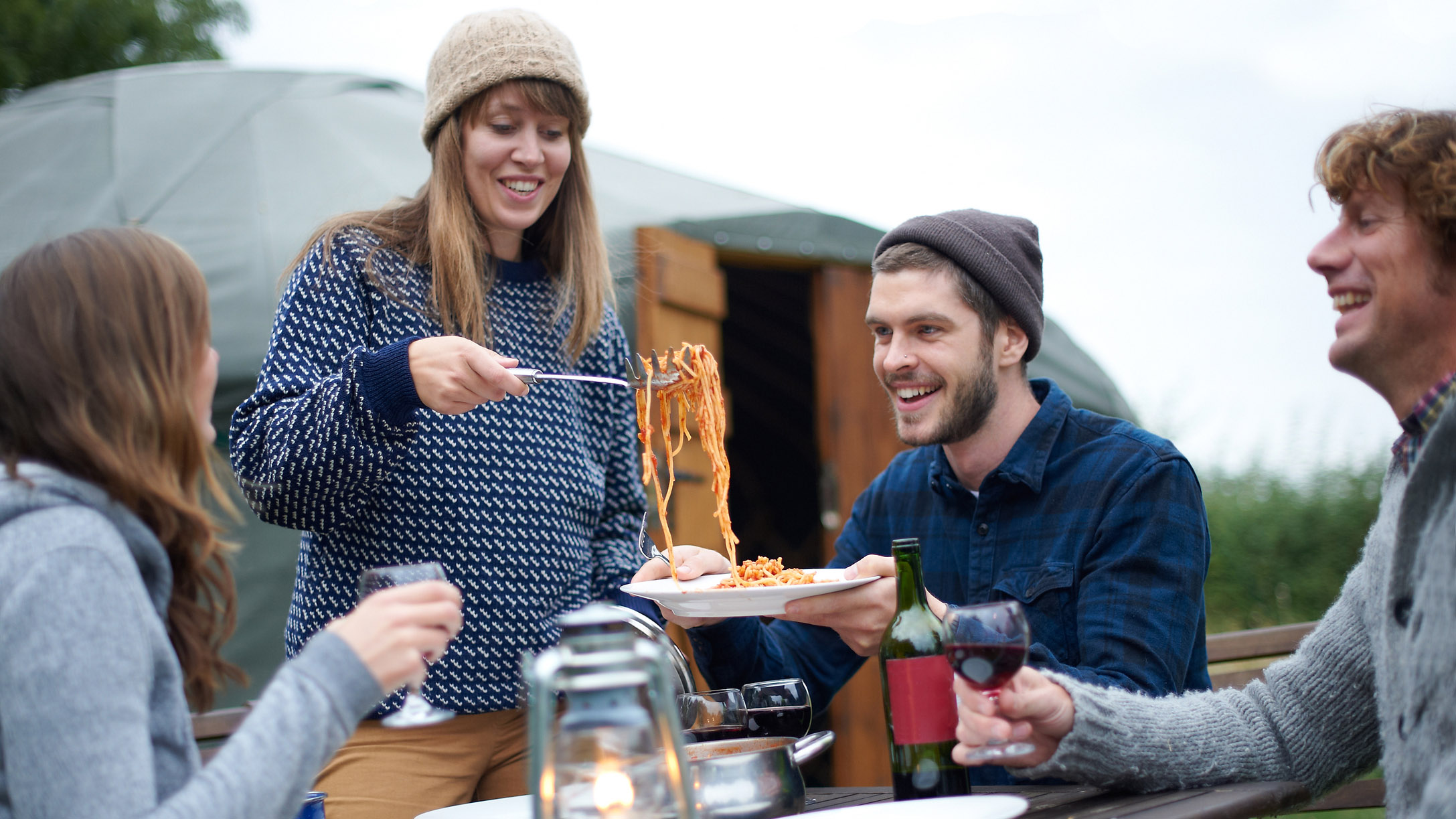
Thinking about going camping with a group? Sure, solo backpacking is a liberating experience where you can unleash your inner John Muir, but when it comes time to sit by the campfire as the sun drops behind the horizon, you might catch yourself wishing you had someone to toast the day with. Camping with a group has lots of great benefits – in addition to good company, it can be safer, you can pool your resources and even have someone else cook for you!
There are a few precautions you’ll want to take, however, to avoid overcrowding and disturbing other campers. You’ll want to read through our handy hints and tips for group camping before you set off to make sure you get the most out of your time in the wild.
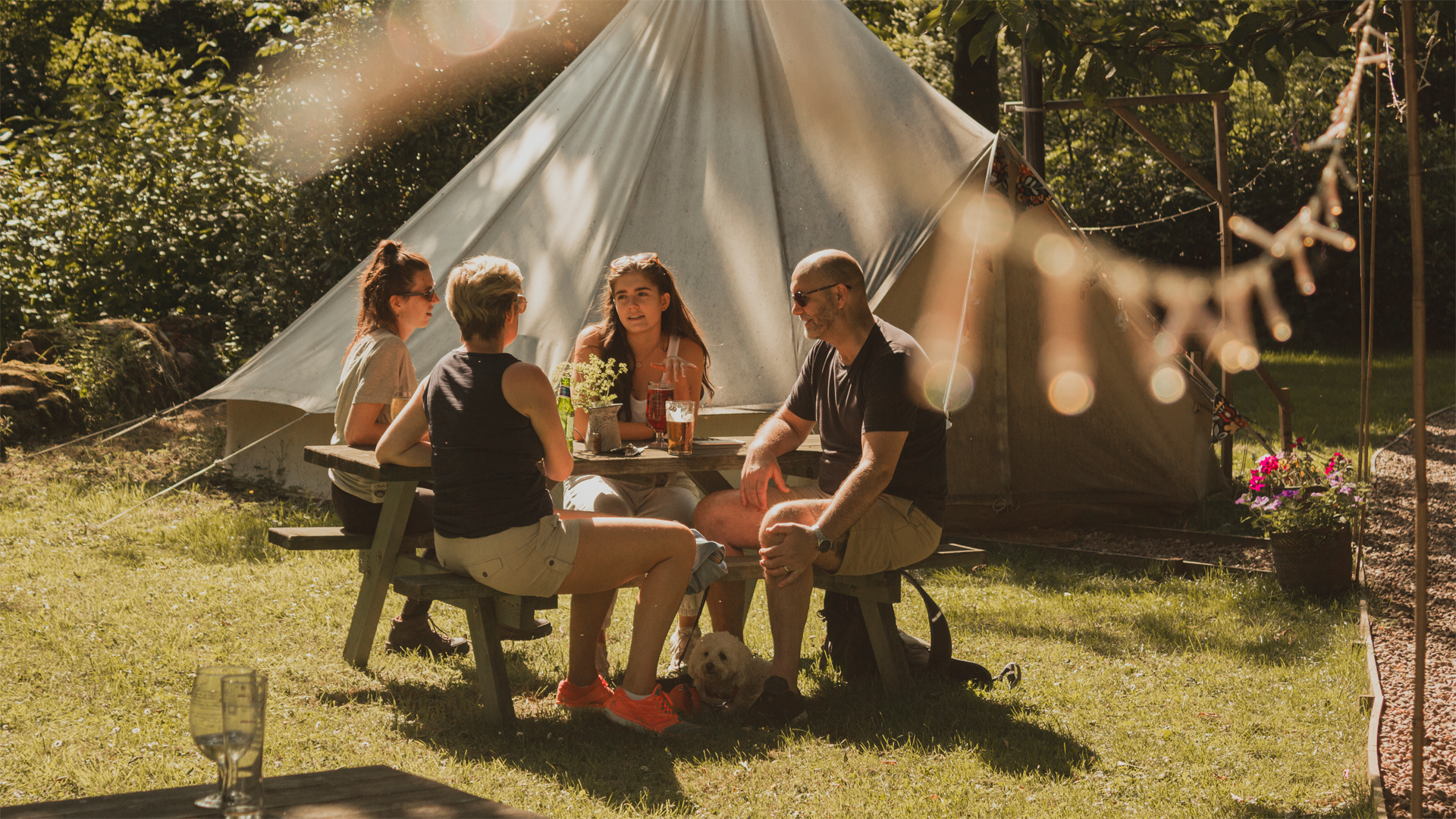
1. Check group limits at your campground
Imagine you’re a group of 18 people going to a campsite that sleeps 20. Every night, there’s your large group making a lot of noise, as large groups tend to, and a couple who were just hoping for a peaceful getaway. Of course, there’s every chance that they’ll want to join your fun, but to avoid any issues, campgrounds often place limits on group sizes.
Every campground is different, so before you book online, call the campground and ask what their limits are on groups. They might require you to reserve the entire campground, which could cost a little more, but it would probably be more enjoyable than having the camp host or park ranger break up your gatherings every evening.
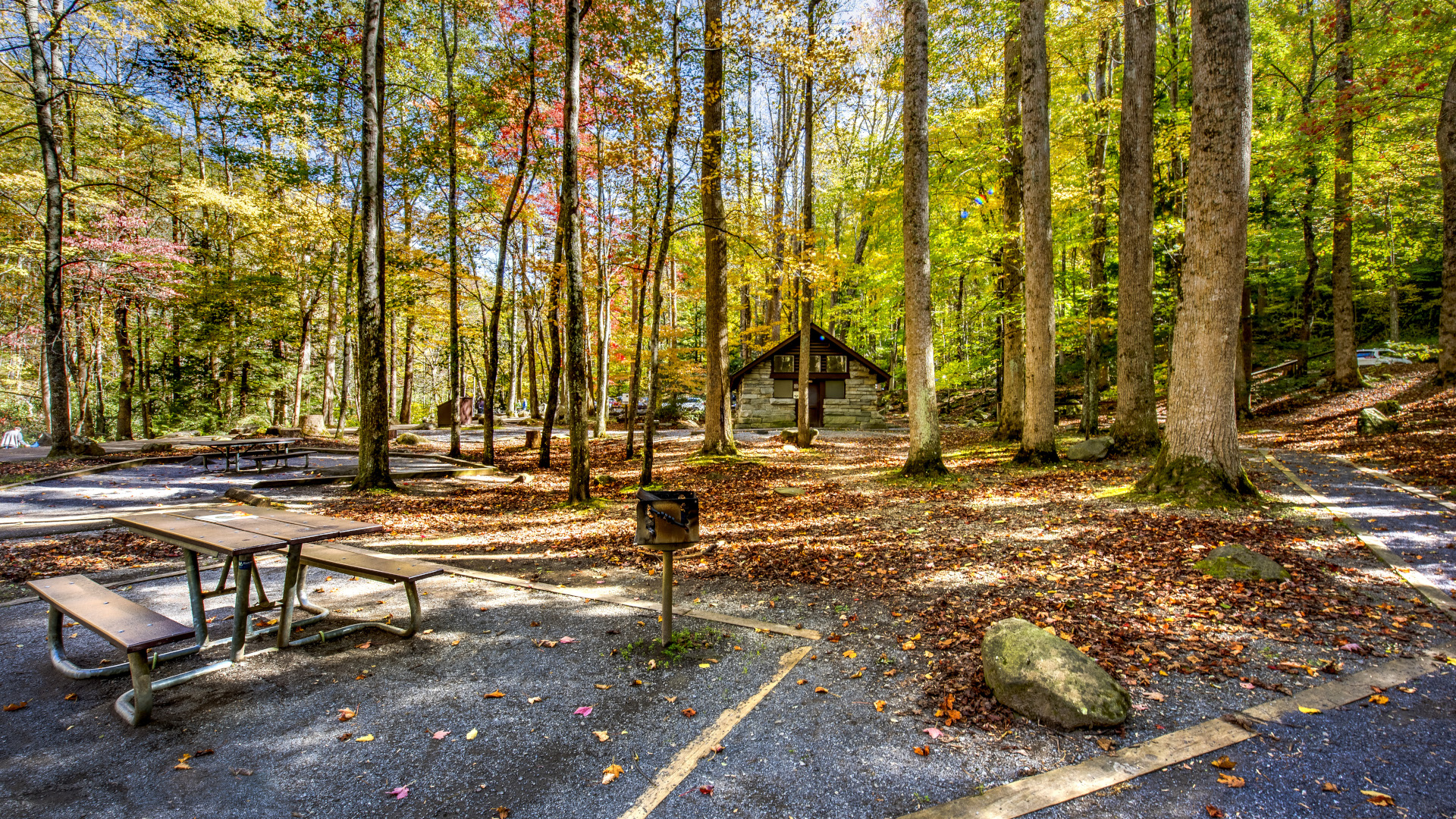
2. Know how many vehicles you can have
While you’re on the phone with the campground, ask how many vehicles you can have per campsite. Some campsites might have spots for a couple of tents and sleep six or eight campers, but only allow for one or two vehicles. This is usually strictly enforced, though some campsites just charge you for any extra cars. Anyway, don’t plan on being able to roll in with six or eight cars. Either carpool, which is friendlier for the environment, or find nearby parking for extra cars.
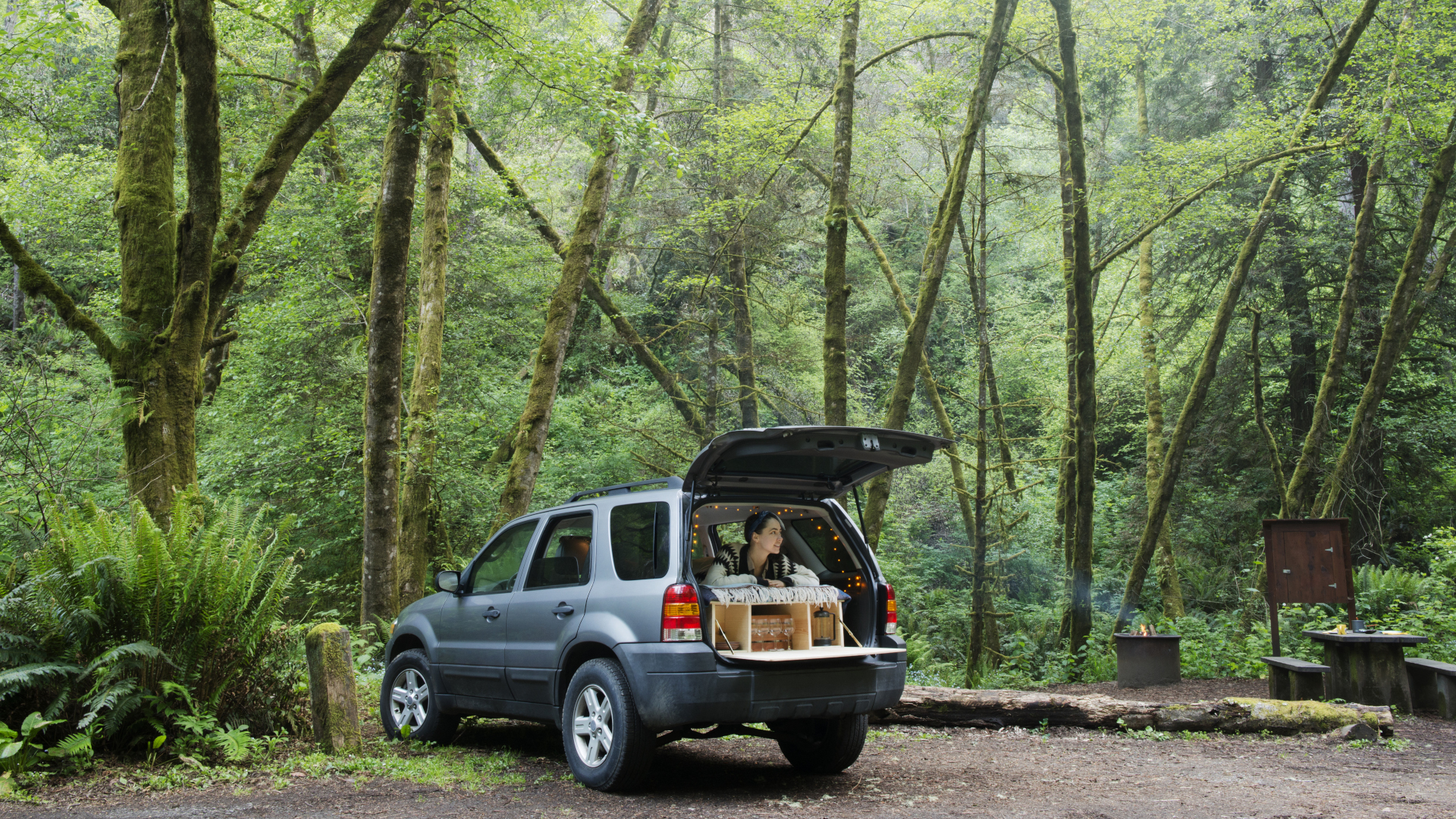
3. Invite responsible people
Once you’ve found a campsite that will accommodate your group, it’s advisable to only invite responsible people. That means folks who won’t want to have a raging party while nearby families are trying to sleep and who understand campfire safety, wildlife safety and the principles of leave no trace. Of course, if you’re inviting people who have never been camping before, it’s your responsibility to teach them the ropes, but make sure they’re keen to learn how to be a responsible camper.
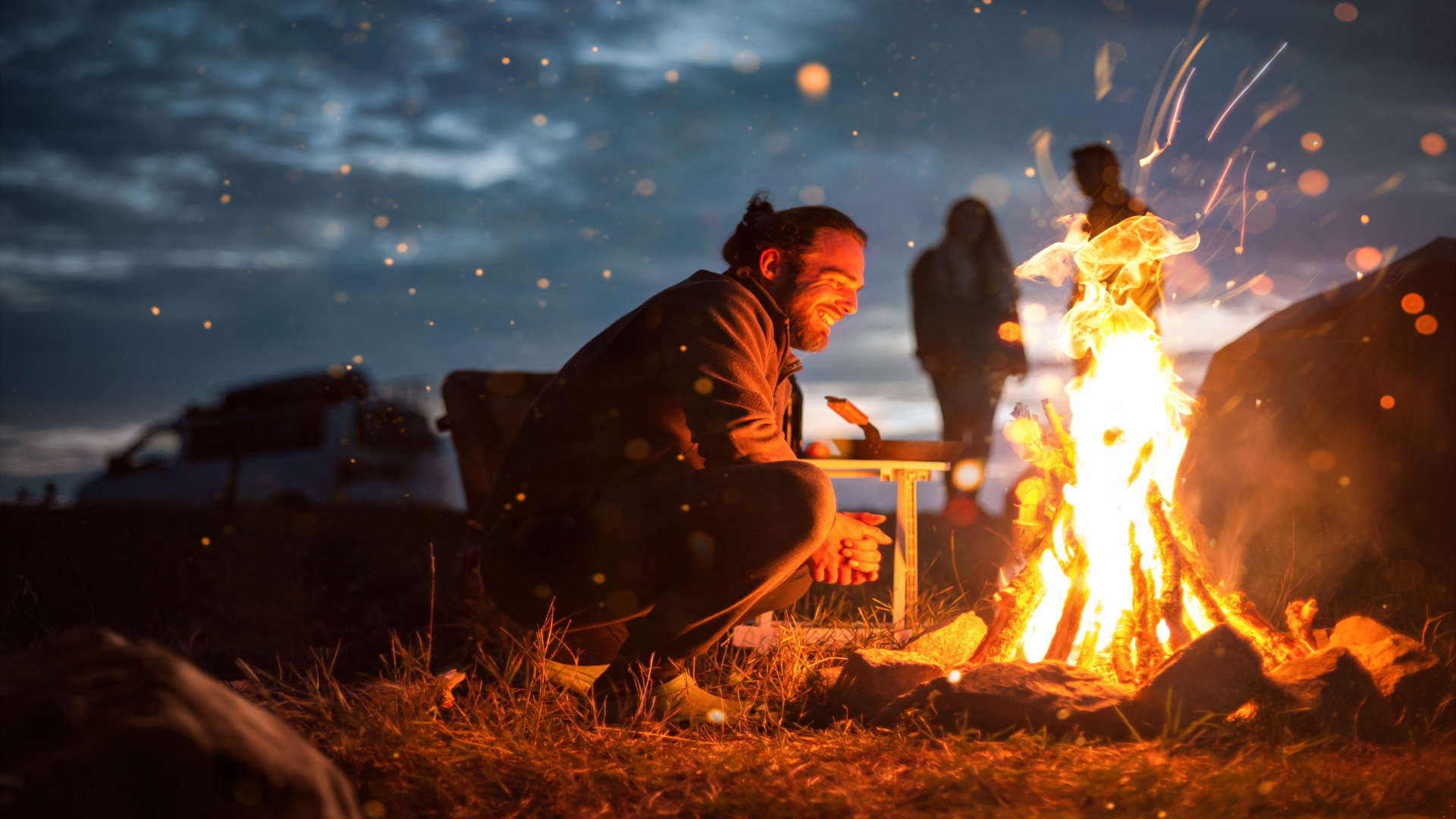
4. Coordinate meal planning
Everyone can definitely just bring their own meals, but one of the best parts of group camping is taking turns preparing meals. That way, each person has to cook and spend less, and gets more time with their feet up while someone else slaves away over a hot camping stove.
All the latest inspiration, tips and guides to help you plan your next Advnture!
Our preferred method is to figure out exactly how many meals you’ll need and divide that by the number of campers. Let’s say you arrive on Friday night before dinner, have three meals on Saturday then leave on Sunday after breakfast. That’s five meals in total. If you have ten people, you can simply form pairs and each pair takes responsibility for preparing a meal, while each person is responsible for their own beverages. We love using a shared spreadsheet so everyone can see what’s on it and coordinate their efforts, but what can we say? We’re passionate about our camping meals.

5. Share gear
This one is a great way to save on costs and free up some room in the trunk of your car, which is key if you’re carpooling due to limited parking. Obviously, everyone needs their own sleeping bag, sleeping pad and camping chair but beyond that, you may only need one or two of a lot of items.
Here are some of the items that you might want to pool your resources on:
- Tents – For a group of adults, two per tent is reasonable and saves room.
- Camping tables – for a big camping kitchen setup, two or three is great but you certainly don’t need more than that and you can get away with one for a smaller group.
- Camping stoves and grills – once you’ve made your meal plan, figure out if anyone has a good doubler-burner camping stove or grill and consider just using that.
- Pots and pans, cooking utensils and camping dinnerware
- Camping cooler – if everyone is bringing food, this can be a little harder to coordinate, but one food cooler and one drinks cooler per car is a good rule of thumb (learn more in our article on what size cooler you need for camping)
- Tarps – two tarps is usually good, so you have shelter over your kitchen and shelter over your hangout space to keep the rain and the sun off.
- First aid kit – one is enough, but make sure you have at least one.
Our tried-and-true approach is to add everything that is needed for the group to the spreadsheet where you’re organizing your meals, then people can type their names next to the items they’ll bring and you can cross those off your personal list.
Julia Clarke is a staff writer for Advnture.com and the author of the book Restorative Yoga for Beginners. She loves to explore mountains on foot, bike, skis and belay and then recover on the the yoga mat. Julia graduated with a degree in journalism in 2004 and spent eight years working as a radio presenter in Kansas City, Vermont, Boston and New York City before discovering the joys of the Rocky Mountains. She then detoured west to Colorado and enjoyed 11 years teaching yoga in Vail before returning to her hometown of Glasgow, Scotland in 2020 to focus on family and writing.

